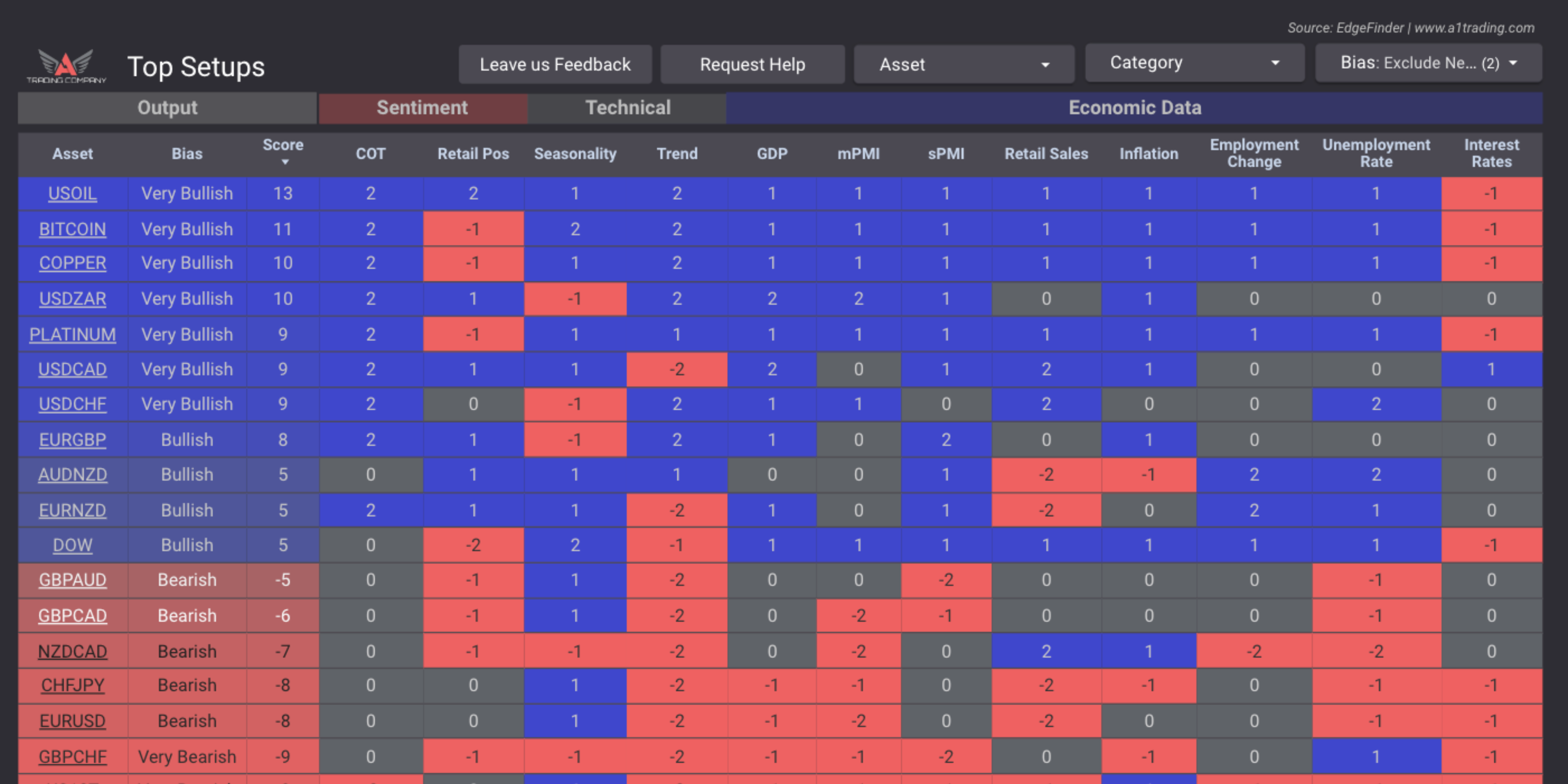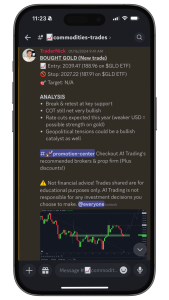Many retail traders begin with limited capital—often under $10,000. This makes the concept of trading a $50,000, $100,000, or even $500,000 funded account incredibly appealing. The idea is simple: if you lack capital, use someone else’s. The potential upside is large returns with limited personal risk.
The concept behind proprietary trading firms is not inherently flawed. Reputable firms genuinely seek profitable traders they can scale with. The issue lies in who is attempting to get funded and when. Most new traders enter funding challenges far too early in their journey. Without the skills, experience, or consistency, they treat funding programs like lottery tickets instead of business opportunities.




